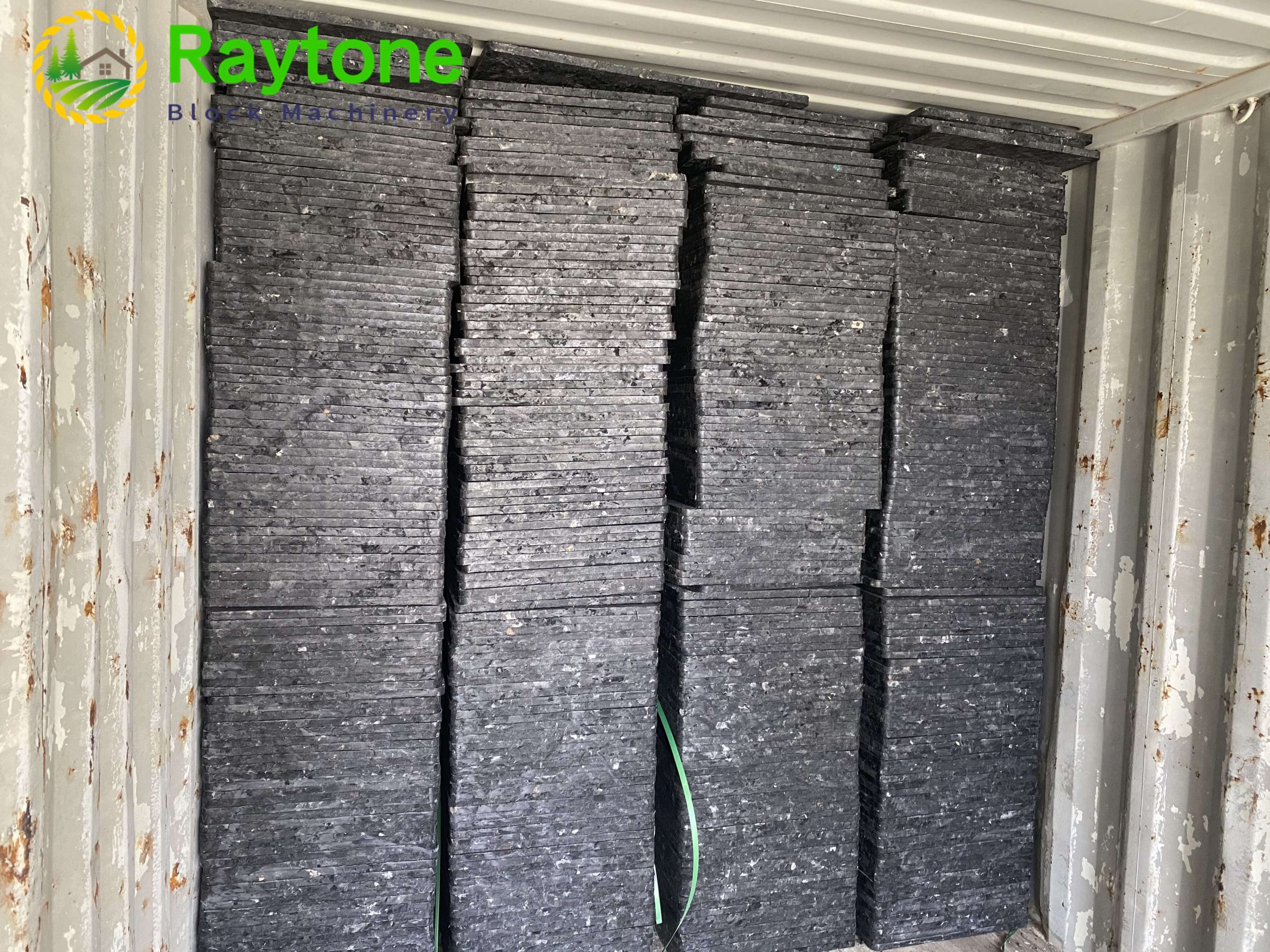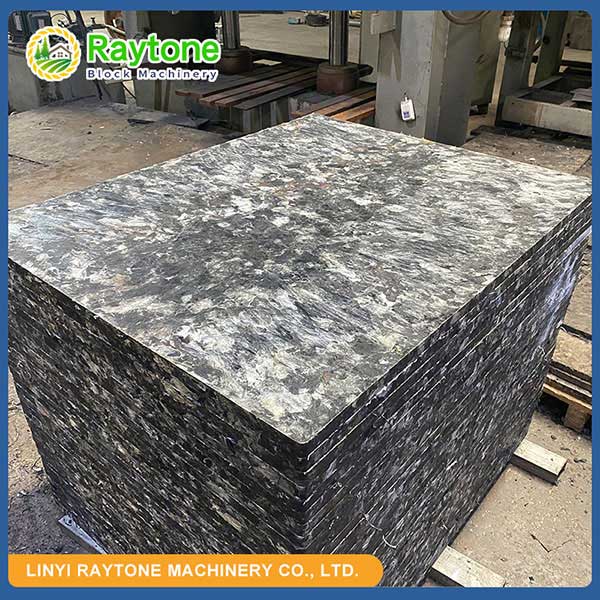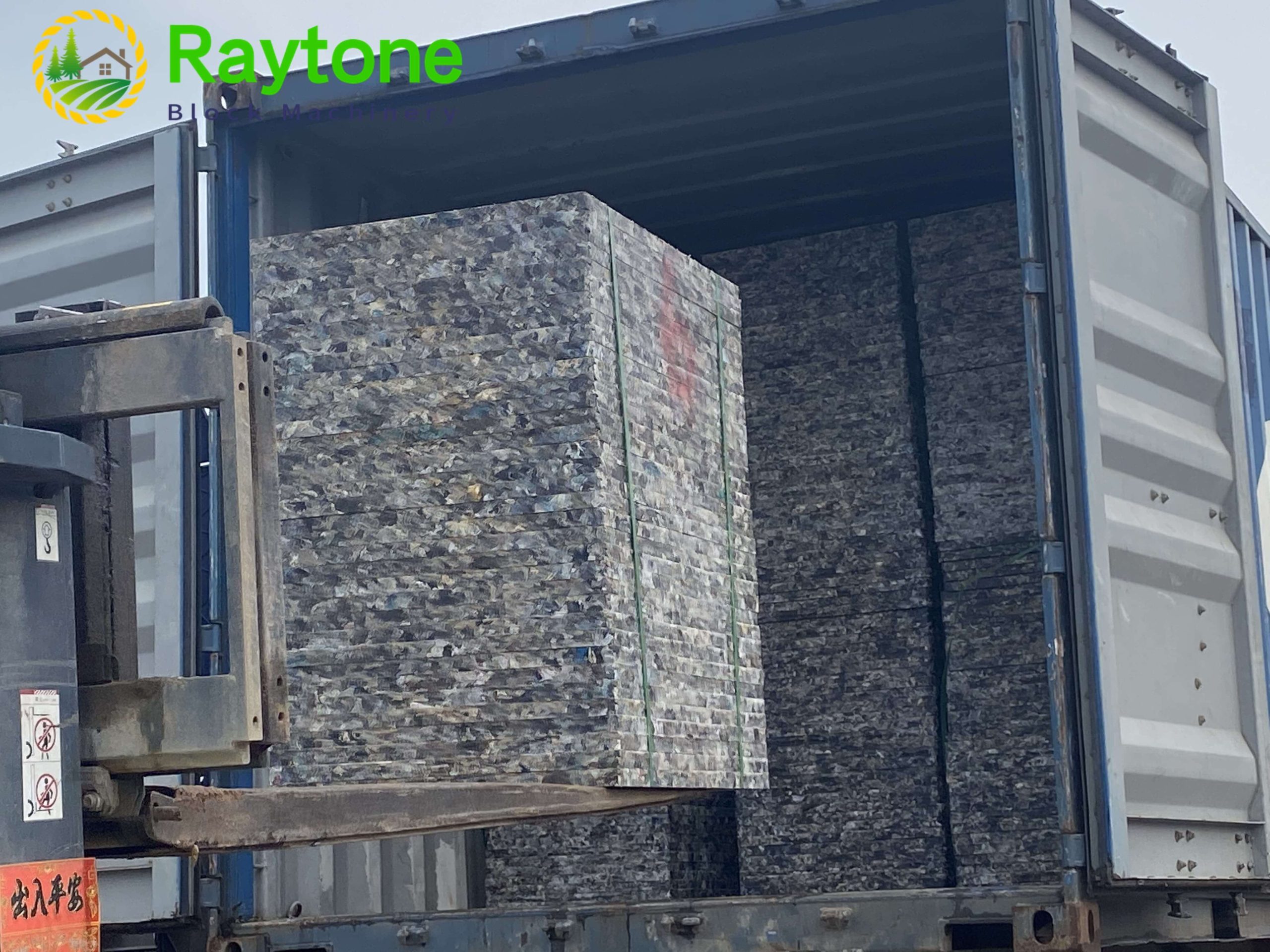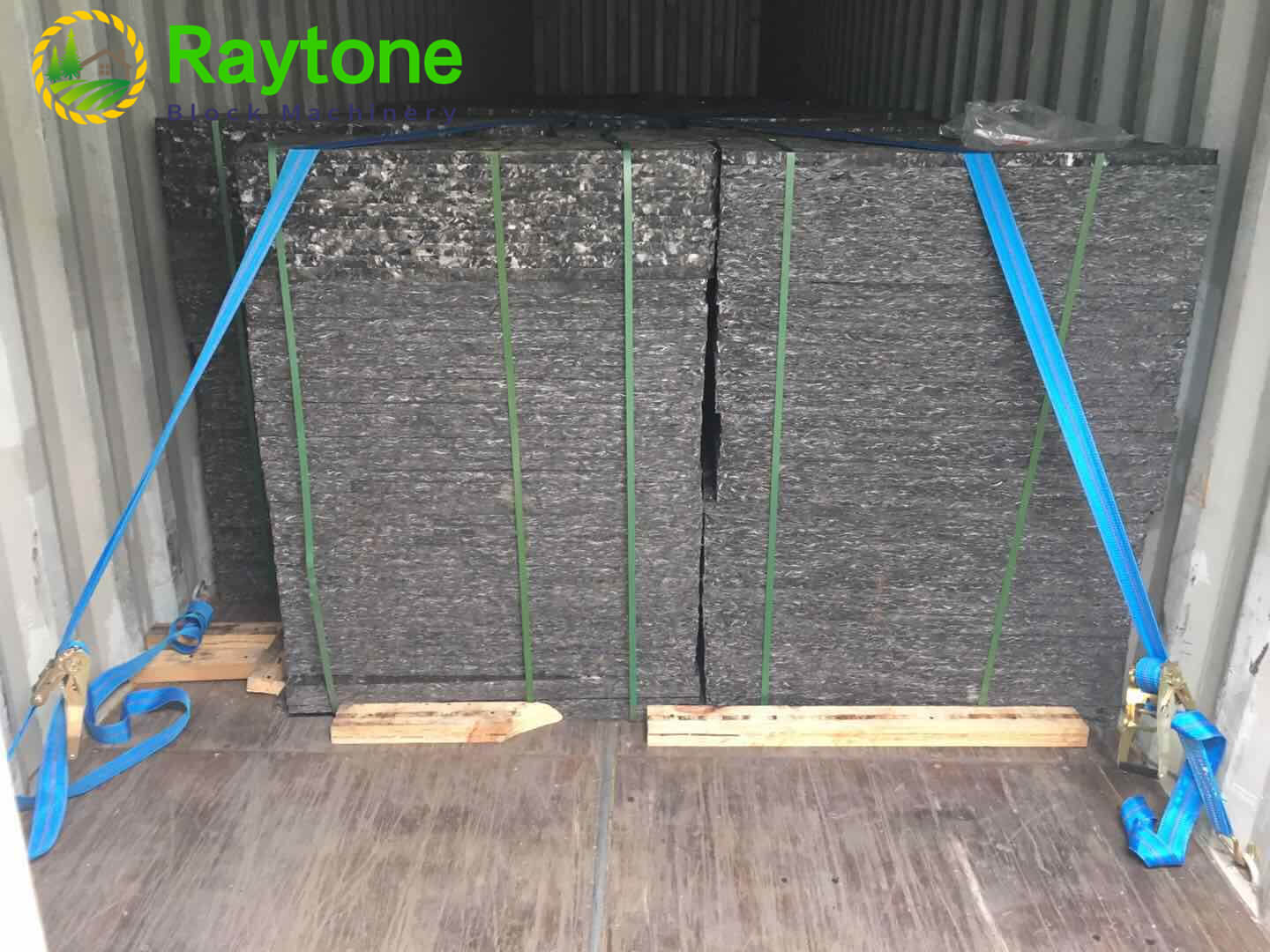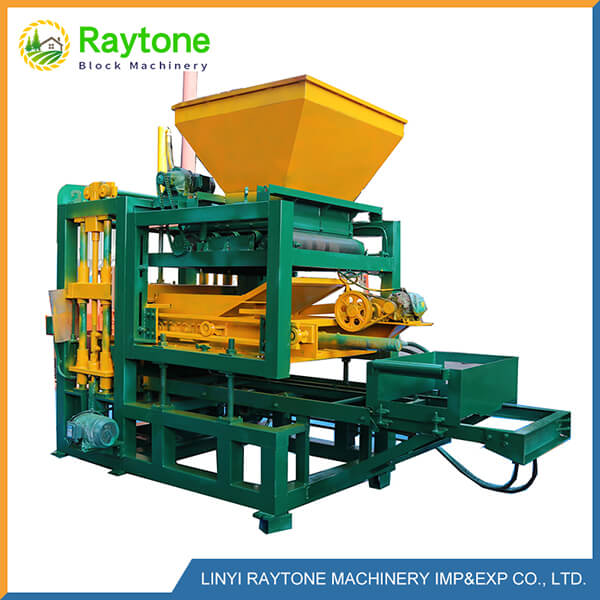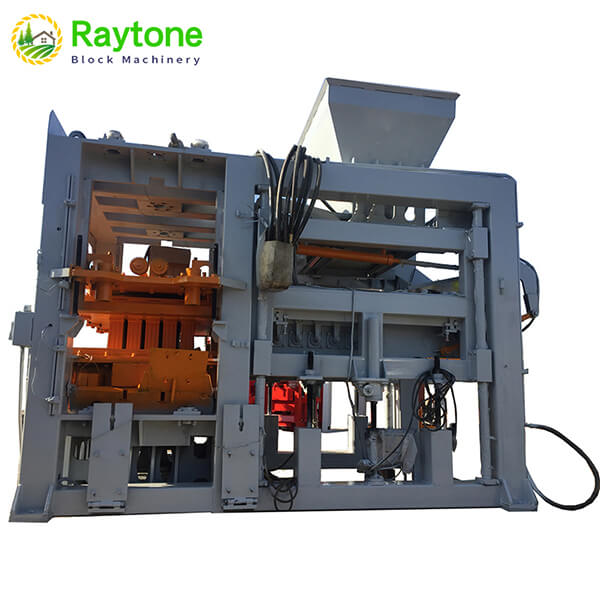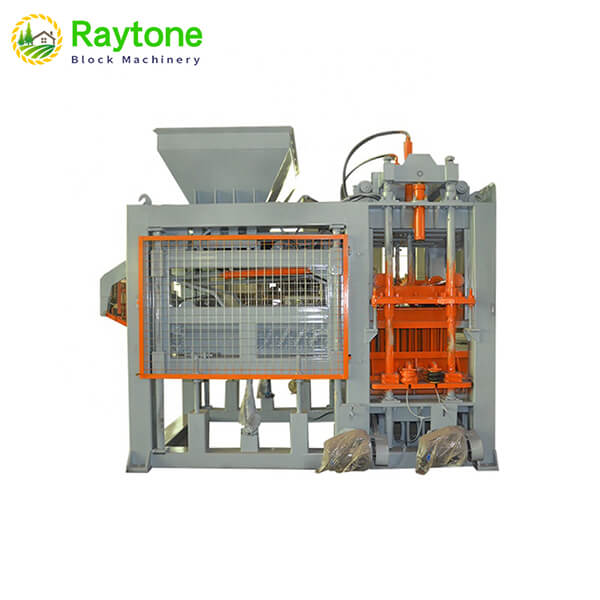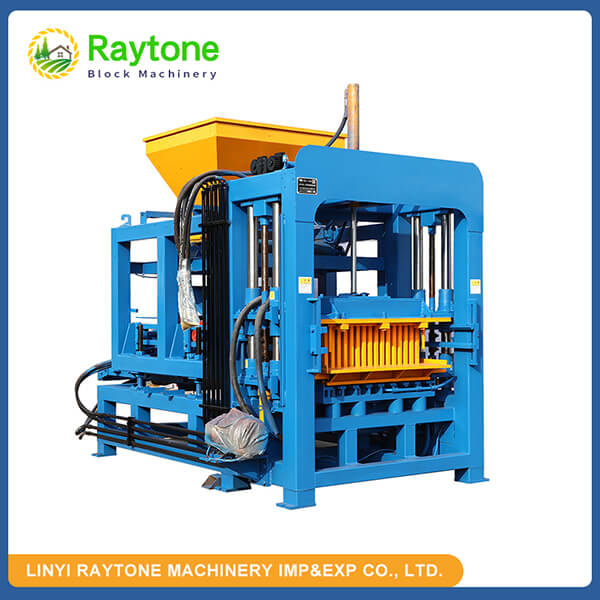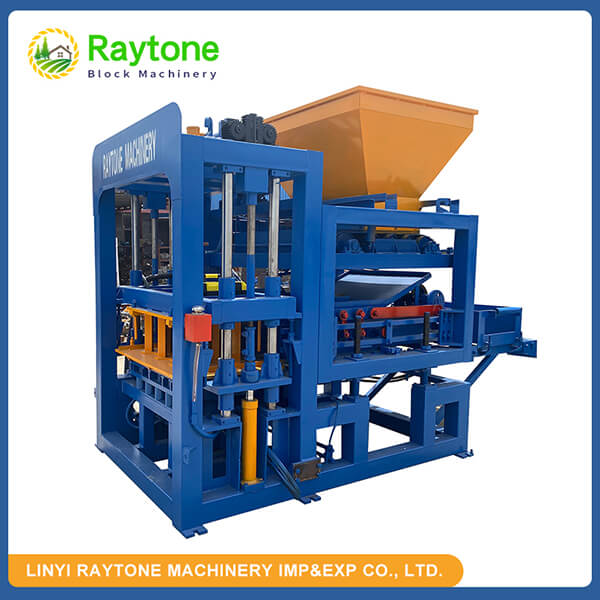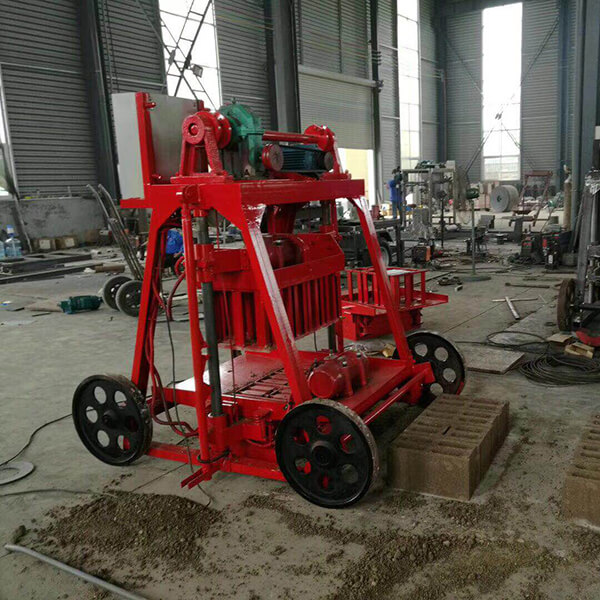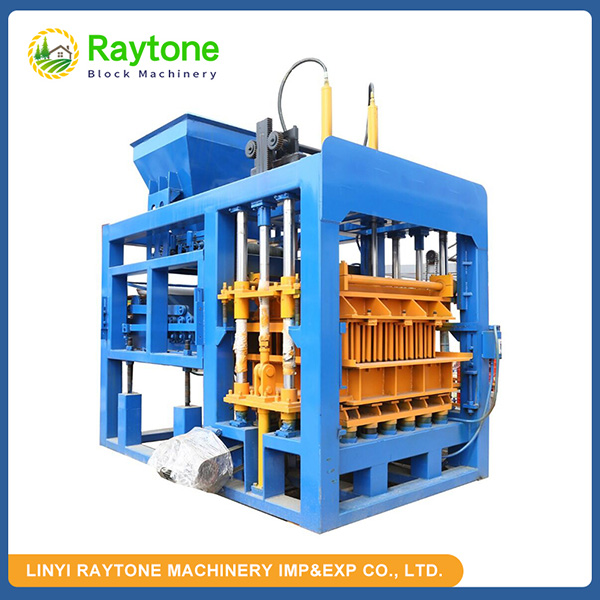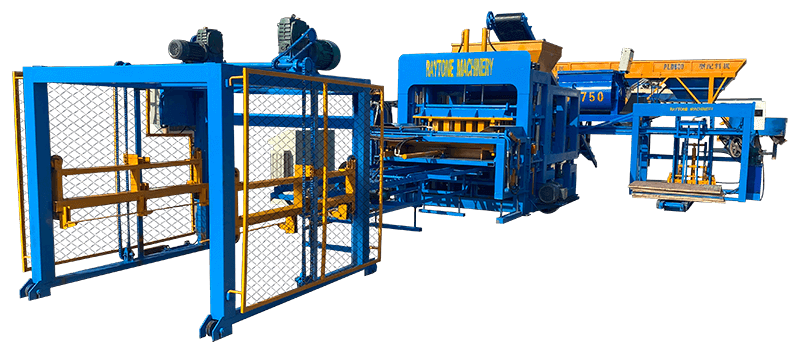When it comes to choosing between hydraulic and manual concrete block machines, the decision ultimately depends on your specific needs and production requirements. Hydraulic machines generally offer higher efficiency, consistency, and output, making them ideal for large-scale operations. They’re more suitable for businesses looking to maximize production and minimize labor costs. On the other hand, manual machines are more cost-effective upfront, easier to maintain, and better suited for smaller operations or areas with limited access to electricity. They’re perfect for businesses starting out or those with lower production demands. Both types have their merits, and the best choice depends on factors like production volume, budget, available space, and workforce.
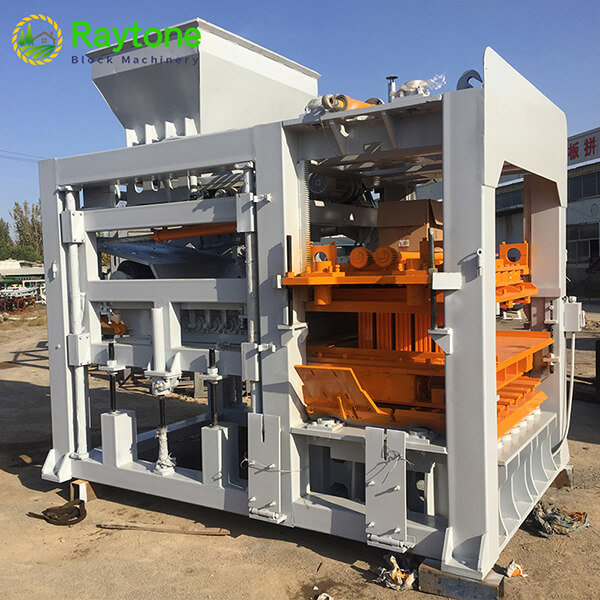
Understanding Concrete Block Machines
Types of Concrete Block Machines
Concrete block machines come in various types, each designed to meet specific production needs. The two main categories are hydraulic and manual machines, but within these, you’ll find fully automatic, semi-automatic, and stationary options. Fully automatic machines require minimal human intervention, while semi-automatic ones need some manual input. Stationary machines are fixed in place and are typically used for large-scale production.
Key Components of Block Machines
Regardless of the type, all concrete block machines share some essential components. These include the mold box, where the concrete mixture is poured; the vibration system, which ensures proper compaction; and the hydraulic or manual press, which forms the blocks. Other crucial parts are the material hopper, conveyor system, and control panel in more advanced models. Understanding these components helps in appreciating the differences between hydraulic and manual machines.
The Block-Making Process
The block-making process involves several steps, starting with preparing the concrete mix. This mixture is then fed into the machine’s hopper. From there, it’s transferred to the mold box, where it’s vibrated to remove air pockets and ensure even distribution. The press then compacts the mixture into the desired shape. Finally, the formed blocks are ejected and moved to a curing area. This process can vary slightly between hydraulic and manual machines, primarily in terms of automation and speed.
Hydraulic Concrete Block Machines: Advantages and Disadvantages
Benefits of Hydraulic Systems
Hydraulic concrete block machines offer numerous advantages that make them a popular choice in the industry. One of the primary benefits is their high production capacity. These machines can produce a large number of blocks in a short time, making them ideal for large-scale operations. The hydraulic system provides consistent pressure, resulting in uniform block quality. This consistency is crucial for meeting industry standards and customer expectations. Moreover, hydraulic machines often require less physical labor, reducing worker fatigue and potential injuries associated with manual operations.
Drawbacks of Hydraulic Machines
Despite their many advantages, hydraulic concrete block machines do have some drawbacks. The initial investment for a hydraulic machine is typically higher than for a manual one, which can be a significant barrier for smaller businesses or those just starting out. These machines also require more maintenance due to their complex hydraulic systems. Regular checks and repairs are necessary to keep the machine running efficiently. Additionally, hydraulic machines depend on electrical power, which can be a challenge in areas with unreliable electricity supply. In case of power outages, production can come to a complete halt.
Suitable Applications for Hydraulic Block Machines
Hydraulic concrete block machines are particularly well-suited for certain applications. They excel in large-scale construction projects where high volume and consistent quality are paramount. These machines are ideal for precast concrete factories that need to produce a wide variety of block sizes and shapes. They’re also excellent for businesses looking to expand their production capacity or those dealing with labor shortages. In urban areas with high demand for construction materials, hydraulic machines can help meet the market needs efficiently. However, they might not be the best choice for small-scale operations or in regions with limited access to skilled technicians for maintenance and repairs.
Manual Concrete Block Machines: Pros and Cons
Advantages of Manual Systems
Manual concrete block machines come with their own set of advantages that make them attractive for certain operations. The most significant benefit is their lower initial cost compared to hydraulic machines. This makes them an excellent choice for small businesses or those just entering the block-making industry. Manual machines are also simpler in design, which translates to easier maintenance and fewer breakdowns. They don’t rely on electricity, making them suitable for use in areas with unreliable power supply or remote locations. Additionally, manual machines often have a smaller footprint, which can be advantageous in space-constrained environments.
Limitations of Manual Block Machines
While manual concrete block machines have their merits, they also come with certain limitations. The most notable drawback is their lower production capacity compared to hydraulic machines. Manual operations are inherently slower and can’t match the output of their hydraulic counterparts. The quality of blocks produced may also be less consistent, as it depends more on the operator’s skill and strength. Manual machines require more physical labor, which can lead to worker fatigue and potential health issues over time. Furthermore, they may not be suitable for producing a wide variety of block sizes and shapes, limiting the product range.
Ideal Scenarios for Manual Block Machines
Despite their limitations, manual concrete block machines are ideal in several scenarios. They’re perfect for small-scale operations or businesses just starting out in block production. In rural areas or developing regions where access to electricity or skilled technicians is limited, manual machines provide a reliable solution. They’re also suitable for projects that don’t require high volume production or where production speed isn’t a critical factor. Manual machines can be an excellent choice for community projects or in educational settings where hands-on learning about block-making processes is valued. In situations where customization and flexibility are more important than high-volume output, manual machines often prove to be the better option.
Conclusion
In the debate of hydraulic vs manual concrete block machines, there’s no one-size-fits-all answer. The choice depends on various factors including production volume, budget, available space, and specific project requirements. Hydraulic machines offer high efficiency and consistency, making them ideal for large-scale operations. Manual machines, while slower, provide a cost-effective solution for smaller projects or areas with limited resources. Both have their place in the industry, and the best choice will align with your unique needs and circumstances. Ultimately, the right machine is the one that optimizes your production process and helps you meet your business goals effectively.
Contact Us
At Raytone Machinery, we understand the nuances of block-making operations and offer a wide range of solutions to meet your specific needs. Whether you’re looking for a high-capacity hydraulic machine or a reliable manual system, we have the expertise to guide you towards the best choice. Our commitment to quality, cost-effectiveness, and customer satisfaction sets us apart in the industry. Ready to elevate your block production? Contact us at hazel@raytonechina.com to explore our range of concrete block machines and find the perfect fit for your business.
References
- Johnson, A. (2022). “Advancements in Concrete Block Manufacturing Technology”. Journal of Construction Engineering, 45(3), 278-292.
- Smith, B. & Brown, C. (2021). “Comparative Analysis of Hydraulic and Manual Block Making Machines”. International Conference on Sustainable Construction Materials, 112-125.
- Garcia, M. et al. (2023). “Energy Efficiency in Concrete Block Production: Hydraulic vs Manual Systems”. Renewable and Sustainable Energy Reviews, 89, 012345.
- Thompson, R. (2020). “Economic Implications of Concrete Block Machine Selection for Small-Scale Producers”. Small Business Economics Quarterly, 18(2), 45-60.
- Lee, K. & Park, S. (2022). “Quality Control in Concrete Block Production: A Comparative Study”. Journal of Materials in Civil Engineering, 34(7), 04022159.
- Wilson, D. (2021). “The Future of Concrete Block Manufacturing: Trends and Predictions”. Construction and Building Materials, 305, 124762.


